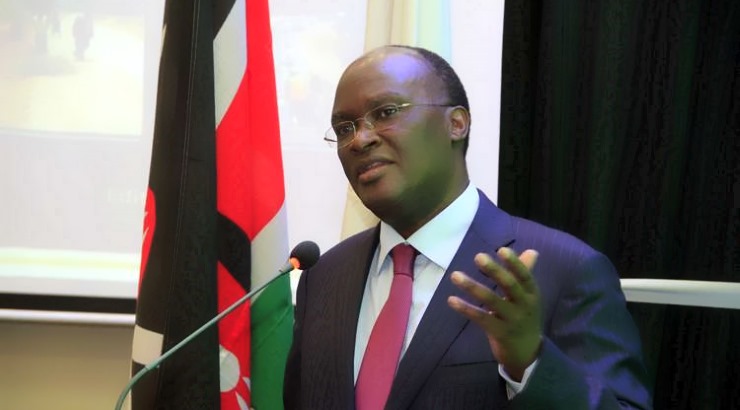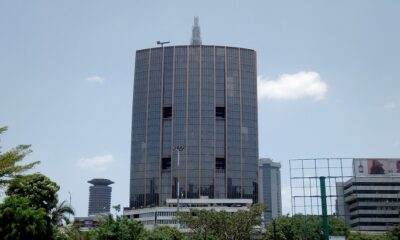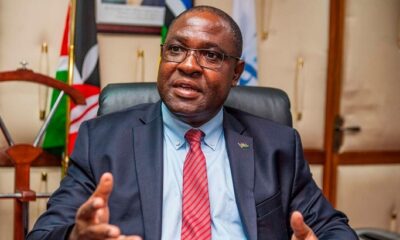Infrastructure
Why Nairobi’s Sh41bn BRT Plan Failed to Kick Off
The existing road infrastructure does not provide for bus lanes.

Kenya’s highly ambitious plan to ease traffic congestion in the capital Nairobi has flopped, leaving the government struggling to find a new way to decongest roads in the city.
The construction of a rapid bus transit system, which was part of the government’s proposed mass rapid transport systems (MRTS), was aimed at easing traffic jam in Nairobi, Mombasa, Kisumu and other towns in a bid to improve the country’s regional competitiveness.
Transport CS James Macharia recently told journalists in Nairobi that the Sh41.3 billion project had proved difficult to implement due to missing provisions in the existing road infrastructure to provide for bus lanes.
“In the mass rapid transit system there are two components: the commuter rail and the bus. The bus will be very difficult (to implement) because we don’t have the lanes for the buses. What will come is the commuter rail as it will use the present meter gauge rail.
“We have already received proposals from France, United Kingdom, Turkey, Hungary and China who want to operate the rail system,” Mr Macharia said.
Work on the bus rapid transit system was scheduled to kick off early next year, being the first phase of the World Bank-funded MRTS project.
The World Bank committed to invest Sh30 billion in the project in 2012, in addition to Sh11.3 billion from the Kenyan government.
Uhuru Highway
The project is part of the National Urban Transport Improvement Project that seeks to expand the capacity of Nairobi’s Uhuru Highway and to kick-start rapid bus transit and commuter rail systems.
It was to involve the construction and operation of new rapid bus and rail transport systems to raise the volume and speed of cargo and passenger services around the country’s major cities.
Other elements of the project included expansion of highways, service, and access roads from JKIA through Nairobi to Rironi on the Northern Corridor transport system, and construction of by-passes in Kisumu and Meru.
The initial phase of the MRTS project was planned to have 600 buses using five interconnected lines to transport commuters to all the key Nairobi suburbs.
The project appeared to gather steam last year when the Kenya National Highways Authority advertised for an advisor to prepare papers for design and build concept of the section between Likoni Road and James Gichuru Road.
The outcome of the recruitment exercise was, however, not made public.
The government is now hoping to decongest the capital by way of a proposed project that entails the use of urban passenger train to connect Nairobi estates to the city centre.
The Sh15 billion City Tram project, which will be co-financed by Kenya and Hungary, is expected to connect the standard gauge railway endpoint in Nairobi to the railway station in the city centre.
The station will serve trains from the branches of the tram project, including Ngong Road, Thika Road, Limuru Road and Ongatangai among others.
The passenger train is initially expected to ferry 300,000 passengers daily and more when all the branches are operational – easing traffic on roads.
It is estimated that traffic congestion in Nairobi central business district costs the economy Sh36 billion annually.












